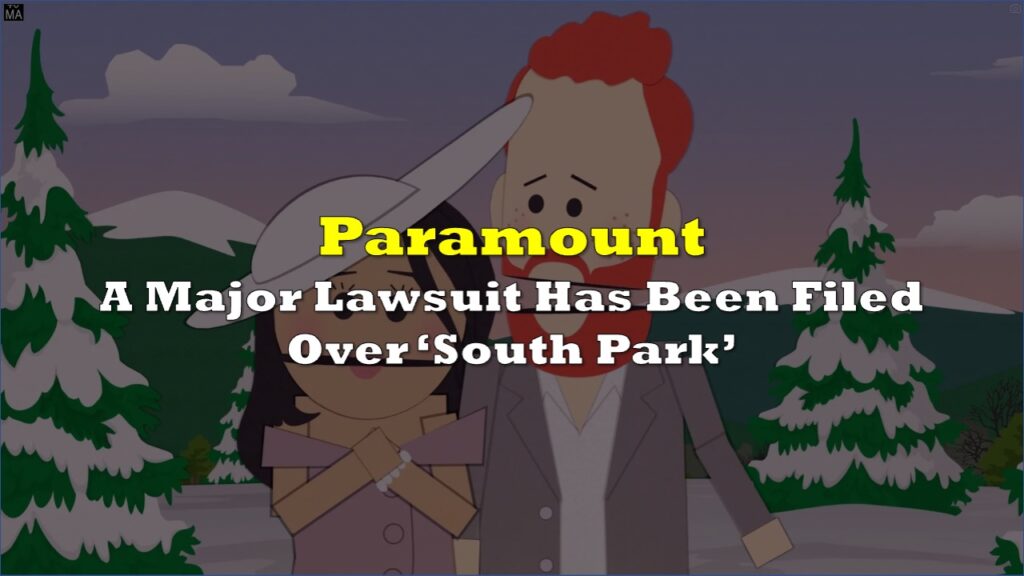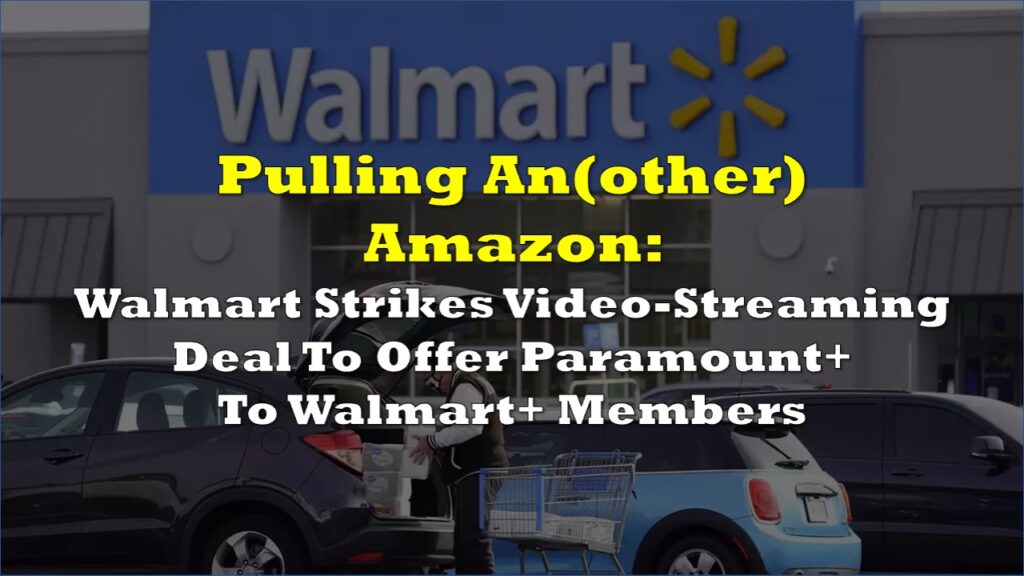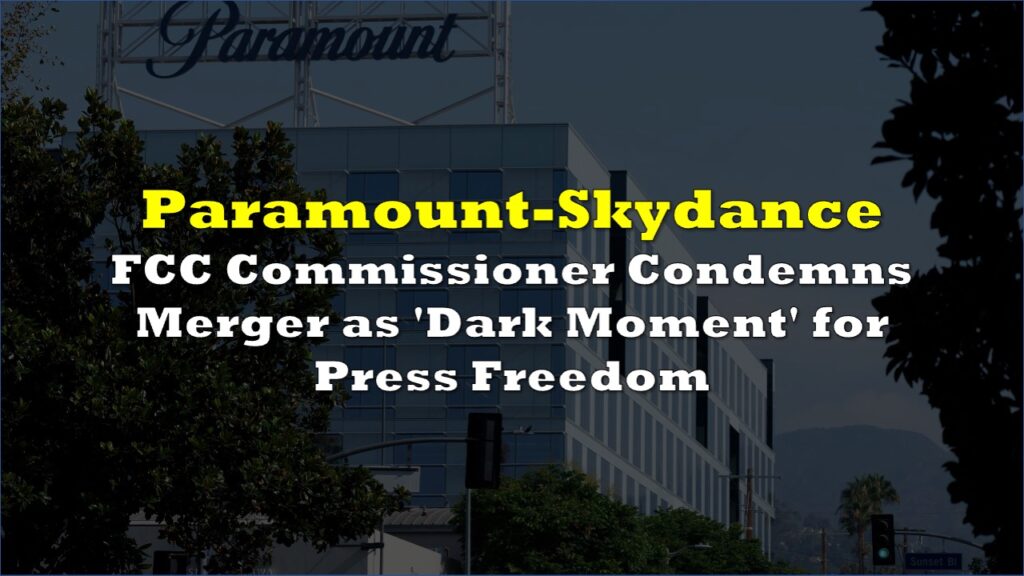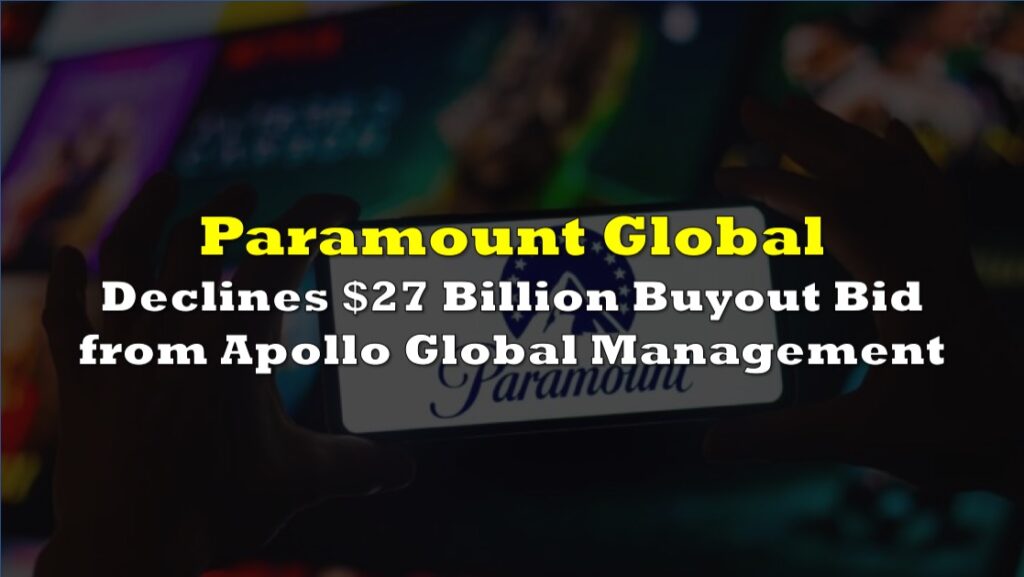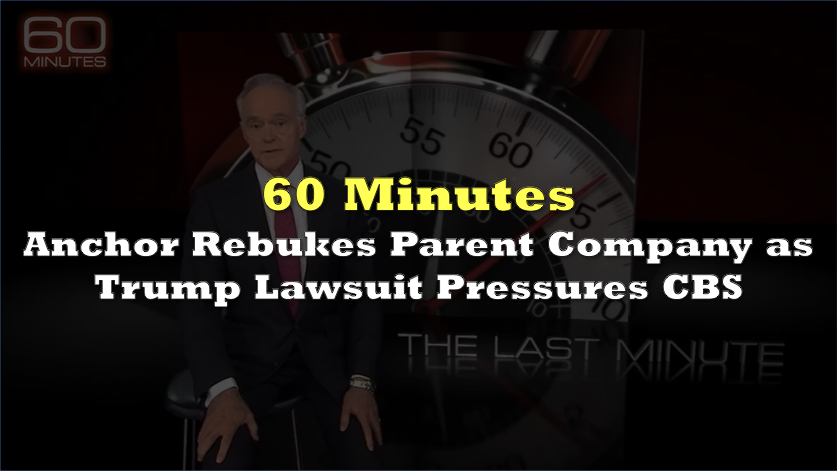In a monumental shift in the entertainment industry, Paramount Global (NASDAQ: PARA) has announced its merger with Skydance Media, valued at $4.75 billion. This strategic merger, approved by the Paramount Board of Directors and National Amusements, Inc. (NAI), aims to form a new entity (New Paramount) with an enterprise value of approximately $28 billion.
However, the deal has sparked significant controversy, with many investors expressing concerns about the fairness and financial rationale behind the transaction.
Under the agreement, Skydance shareholders will receive 317 million newly issued Class B shares of New Paramount, each valued at $15. Paramount Class B stockholders will receive $15 per share, while Class A stockholders have the option to receive $23 per share or 1.5333 shares of Class B stock. This represents a 48% premium to the Class B stock price and a 28% premium to the Class A stock price as of July 1, 2024.
Skydance, led by the Ellison family and RedBird Capital Partners, will invest up to $6 billion to facilitate the merger. This includes $2.4 billion for the acquisition of NAI and $4.5 billion for merger-related expenses and strategic initiatives.
Paramount has faced challenges in recent years as it struggled to compete in the fiercely competitive streaming market dominated by Netflix and Disney. Despite producing blockbuster hits like “Top Gun: Maverick”, the company’s market value has more than halved since 2019. The merger aims to leverage Skydance’s production prowess and Paramount’s extensive distribution network to drive synergies and enhance operational efficiencies.
Charles E. Phillips Jr., a Paramount board member, emphasized the strategic benefits, stating, “Following extensive negotiations with Skydance, we believe this proposed transaction will position Paramount for success in a rapidly evolving industry landscape.”
Bad for shareholders?
Despite the potential strategic benefits, the deal has been met with skepticism from investors and analysts. Financial analyst Julian Klymochko highlighted a major concern on social media, stating, “Looks like $PARA minority shareholders get cash + stock worth about $12 per share while Shari Redstone gets like $76 for her shares. That’s some real bad corporate governance right there, as minority shareholders get hosed.”
If my (very quick) math is correct, looks like $PARA minority shareholders get cash + stock worth about $12 per share while Shari Redstone gets like $76 for her shares
— Julian Klymochko (@JulianKlymochko) July 8, 2024
That's some real bad corporate governance right there, as minority shareholders get hosed
The deal implies a valuation multiple of 13.9x Skydance’s projected 2025 EBITDA of $343 million, significantly higher than Paramount’s implied valuation multiple of 8.2x EBITDA for the same period. This disparity has raised questions about the financial fairness of the transaction.
Stone Fox Capital echoed these sentiments, posting, “Paramount lawsuits likely to fly. No justification for $PARAA getting $23 and $PARA getting $15. Also, Paramount buying Skydance for $4.75B based on a $15 per share value dilutes existing shareholders massively.”
$PARA Paramount lawsuits likely to fly. No justification for $PARAA getting $23 and $PARA getting $15.
— Stone Fox Capital (@Stonefoxcapital) July 8, 2024
Also, Paramount buying Skydance for $4.75B based on a $15 per share value dilutes existing shareholders massively. https://t.co/PEm7VPRlRL
Post-merger, Skydance founder David Ellison will assume the roles of chairman and CEO of New Paramount. Ellison, the son of Oracle billionaire Larry Ellison, established Skydance in 2010, producing high-profile films such as “Mission: Impossible — Ghost Protocol” (2011) and “World War Z” (2013).
The transaction, expected to close in the first half of 2025, is subject to regulatory approvals and customary closing conditions. There is also a 45-day “go-shop” period allowing Paramount to entertain alternative proposals, with media mogul Barry Diller among the potential suitors.
The merger follows months of intense negotiations, with a previous deal attempt falling apart just weeks ago. If approved by regulators, it would end the Redstone era, as NAI, led by Shari Redstone, the daughter of media mogul Sumner Redstone, who passed away in 2020, will be acquired by Skydance.
Paramount Global last traded at $11.18 on the NASDAQ.
Information for this briefing was found via The Washington Post and the sources mentioned. The author has no securities or affiliations related to this organization. Not a recommendation to buy or sell. Always do additional research and consult a professional before purchasing a security. The author holds no licenses.





